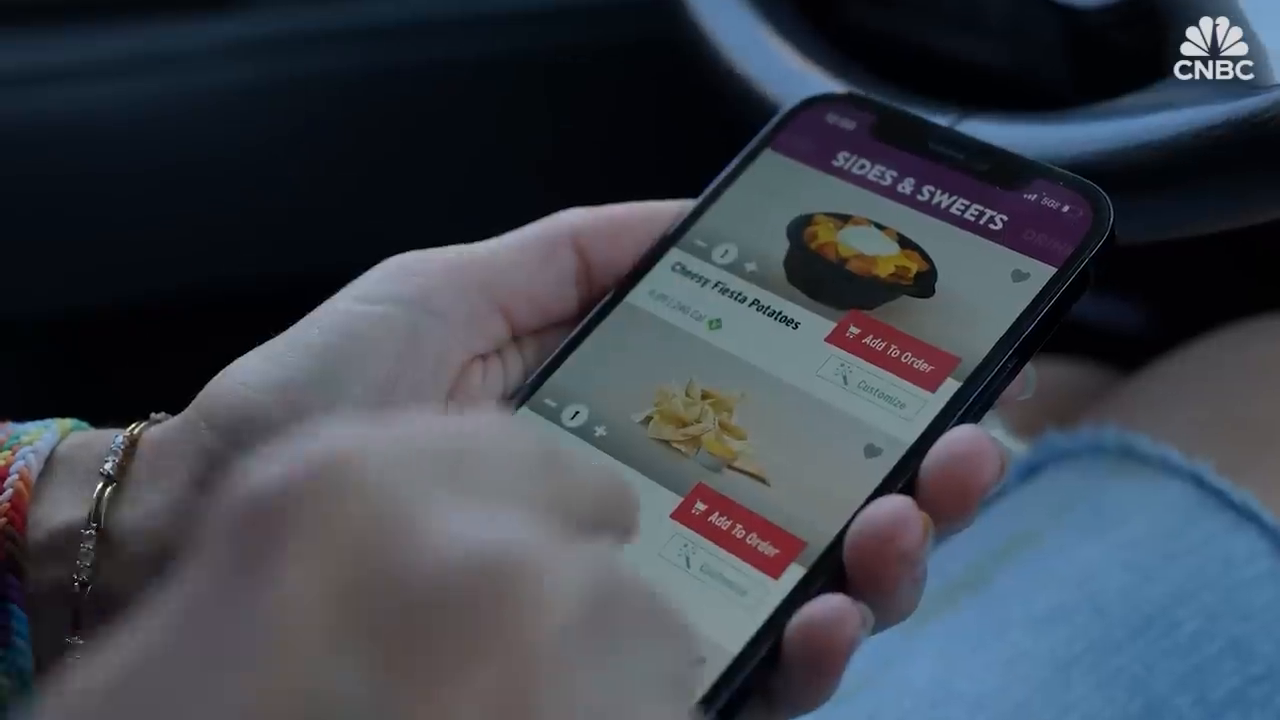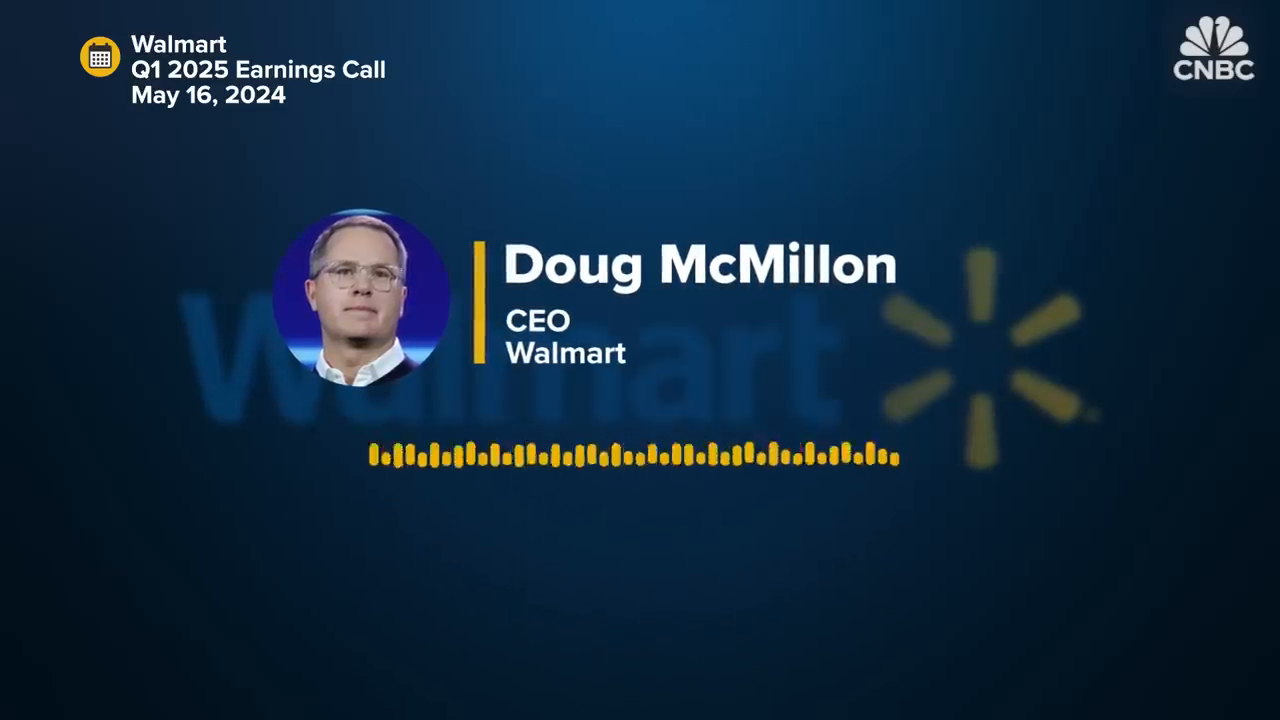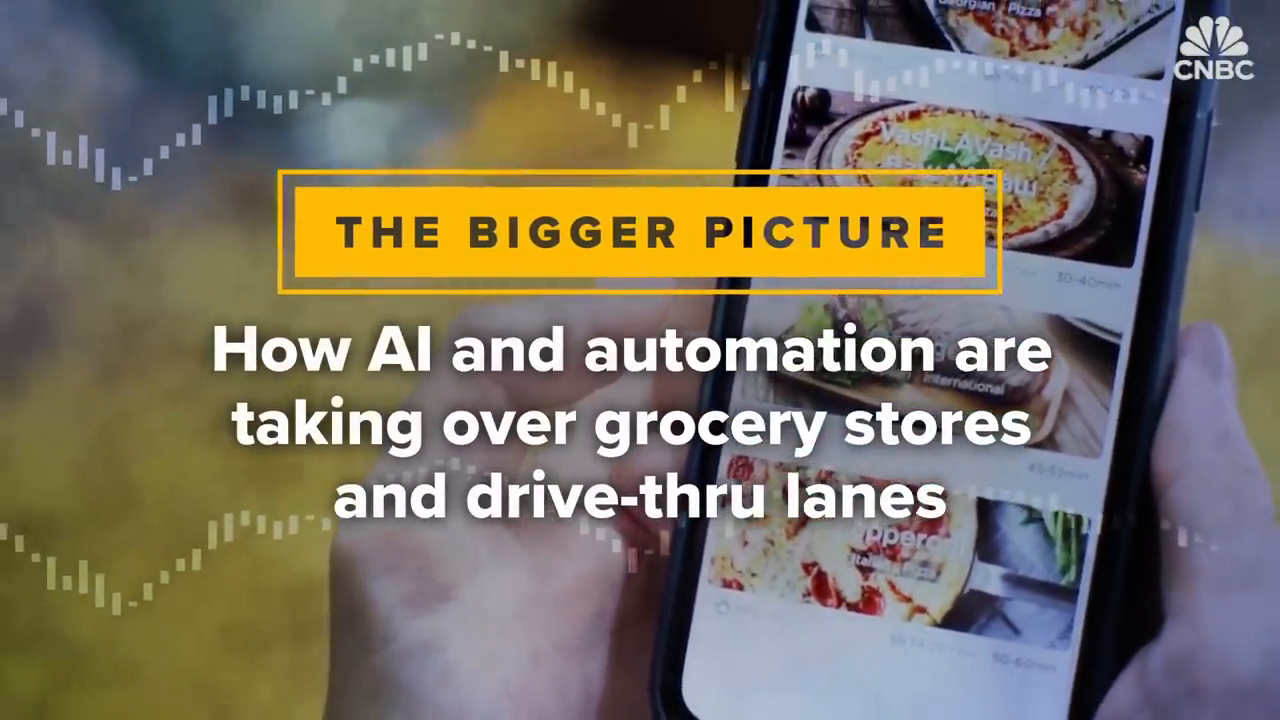How AI and automation are taking over grocery stores and drive-thru lanes
The food industry is undergoing a phenomenal transformation thanks to the rapid adoption of artificial intelligence (AI) and automation technologies. From self-service kiosks to smart grocery carts, these advancements are shaping the future of how we shop and dine. Rising labor costs, shifting consumer expectations, and the need for enhanced efficiency are pushing retailers and restaurants toward adopting these new technologies.
This article dives deep into the impact of AI and automation on grocery stores and fast food chains, exploring both the promises and the challenges of a tech-driven food industry.
Digitizing food retail
The digitization of food retail is revolutionizing how consumers interact with grocery stores and restaurants. The integration of AI and automation spans multiple facets, from ordering systems to checkout processes.

AI-powered systems are streamlining operations in fast food and grocery stores.
Investment in technology
Food industry leaders like McDonald’s are making large-scale investments in automation. McDonald’s, for instance, plans to spend $2 billion in 2024 to integrate AI and robotics into their stores and drive-through systems. Similarly, U.S. grocery stores spent $13 billion on tech automation just in 2022. These investments are being funneled into smart carts, enhanced self-checkout aisles, and AI systems to streamline supply chain logistics.
Rising costs drive automation
Soaring labor costs and minimum wage hikes in states like California have made it increasingly expensive to operate fast food and retail outlets. While companies have tried to offset these costs by raising prices, this strategy often leads to reduced customer volume. As a solution, automation offers a path to cut expenses without alienating customers.
High costs and price inflation
Customers are feeling the pinch as the prices of popular menu items from fast food brands rise faster than national inflation rates. Staples like McDonald’s McChicken, Taco Bell’s Chalupa Supreme, and small Frosty from Wendy’s have all doubled in price since 2014. Companies are now looking to technology to reverse this trend and keep prices under control.
The risk and reward from robots
AI and robotics have the potential to completely transform the operational models of both grocery stores and fast food chains. But these advancements come with their own set of challenges.

Smart carts like Instacart's Caper are changing how people shop.
Grocery automation with smart carts
AI-powered smart carts, like Amazon’s Dash Cart and Instacart’s Caper Cart, are being adopted by major chains like Kroger and ShopRite. These carts are equipped with sensors, cameras, and weighing mechanisms that help track items in real time. Retailers are excited by these innovations, as they can potentially reduce theft and enhance budget tracking for customers.
Features like running totals and coupon management have been well-received by shoppers. Customers can check their running totals as they shop, helping them stay on budget and avoid surprises at checkout. However, these carts remain costly for retailers, which poses scalability challenges.
Autonomous fast food stores
Fast food brands are also exploring full automation. For example, McDonald’s and certain Panda Express locations have launched fully autonomous stores that operate without human staff. This drastic reduction in labor reliance is driving significant savings for these companies.
At the same time, brands like Yum (parent company of Taco Bell, KFC, and Pizza Hut) are adopting digital tools to streamline operations. Yum has rolled out an internal “super app” across 9,000 restaurants globally to assist managers and employees in optimizing costs, minimizing inventory waste, and improving overall service efficiency.
What’s next?
The future of food retail and fast food lies in finding the right balance between automation, customer satisfaction, and profitability.

AI is making its way into drive-thrus, though challenges persist.
AI integration in drive-thrus
Voice-enabled AI is being tested in drive-thrus to enhance order accuracy and customer interaction. Preliminary tests have shown that customers find voice AI systems to be on par with human staff in terms of friendliness and efficiency. However, glitches and performance inconsistencies remain barriers to widespread adoption.
Self-checkout vs. shopping assistant
While grocery stores initially embraced self-checkout systems, many are now rolling back on these innovations due to customer complaints and high error rates. Problems like missed scans and deliberate theft have led to financial losses for retailers, forcing them to re-evaluate these technologies.
In contrast, smart carts like Caper are receiving more positive feedback, as they make the shopping experience more personalized and interactive. Retailers must carefully navigate the cost-benefit balance when adopting these new technologies.
Balancing technology and jobs
While automation promises to reduce costs and improve efficiency, concerns about its impact on jobs loom large.

Fully automated stores are redefining the customer experience.
Labor market impact
With automation slowly replacing some traditional roles, entry-level job opportunities in retail and fast food could decline. However, new roles—such as customer service associates who assist customers in stores—may emerge, potentially offsetting job losses.
The U.S. Bureau of Labor Statistics predicts a 2% decline in total retail jobs from 2022 to 2032, amounting to fewer overall employment opportunities. However, fast food-related jobs are expected to grow slightly, with 1 million new workers needed annually to fill turnover gaps and meet industry demands.
AI and the future consumer experience
The ultimate goal of integrating AI into the food industry is to elevate the consumer experience. Retailers and restaurants are already investing heavily in self-service kiosks, smarter ordering systems, and frictionless payment options. By creating a seamless link between in-store and online shopping, technology aims to deliver personalized services tailored to customer preferences.
As automation grows, so does its potential to improve order accuracy, drive customer loyalty, and reduce operational inefficiencies. Whether it’s a fully autonomous McDonald’s outlet or an interactive smart cart at your local grocery store, the coming years promise a wave of innovation centered on delivering ease and convenience.
Conclusion
The food industry is at the forefront of harnessing AI and automation to redefine how we shop and dine. Grocery stores are rolling out advanced carts and checkout systems, while fast food giants are heavily investing in robotics and AI-powered ordering solutions. At the heart of this transformation lies the challenge of balancing cost efficiencies, customer experience, and the potential ramifications on the job market.
As these technologies evolve, the industry must also adapt to the growing needs of consumers who seek seamless, personalized experiences. While hurdles exist, the possibilities for revolutionizing the food industry through innovation remain vast.
The future has never been closer, and it’s automated, personalized, and smart. Are we ready to embrace it?
